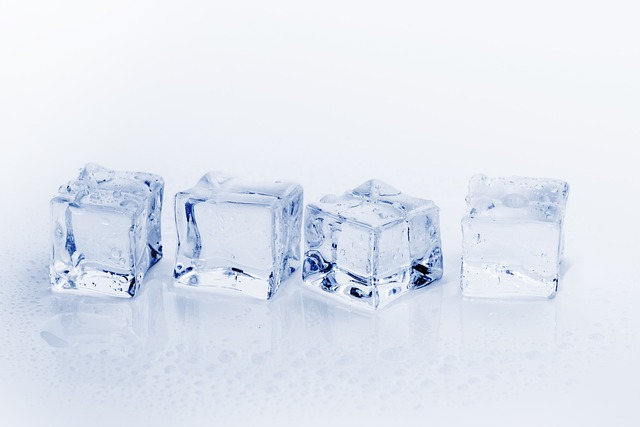Face icing has emerged as a radical yet popular skincare trend. Not many can imagine rolling face on your face or dunking your face in a bowl of ice but it’s lauded for its potential benefits in enhancing complexion and reducing puffiness.
Face icing can be a refreshing addition to your skincare routine – It’s one way of waking you up! However, it’s important to approach this practice with caution, keeping in mind the risks of skin sensitivity and potential frostbite.
Ice ice baby
Turn down the puffiness
One of the most celebrated benefits of face icing is its ability to reduce puffiness, especially around the eyes. Cold temperatures can constrict blood vessels and reduce inflammation, which helps to alleviate morning puffiness and gives your face a refreshed look.
Circulation overload
Applying ice to your face can stimulate blood flow, promoting better circulation. Improved circulation can contribute to a more radiant complexion by delivering more oxygen and nutrients to your skin cells.
Bring the inflammation down
If you have sensitive or acne-prone skin, the anti-inflammatory effects of icing can provide relief. Cold therapy can help reduce redness and swelling associated with acne and calm irritated skin.
Keep the pores tight
Icing can temporarily tighten your pores, giving your skin a smoother appearance. This is particularly useful before applying makeup, as it can create a more even canvas.
Enter the glow
The increased circulation from icing can give your skin a natural, dewy glow. This can make your skin look more vibrant and healthy, providing a fresh-faced appearance.
Avoid the frostbite – The risks
Skin sensitivity
For those with sensitive skin, direct contact with ice can sometimes cause irritation or redness. Prolonged exposure to extreme cold can exacerbate sensitivity and lead to discomfort or even damage in severe cases.
Beauty tip: Ladies, if your blood vessels are close to the surface of your skin, be careful or maybe this is something you should avoid
Potential for frostbite
While it’s rare, excessive or prolonged exposure to ice can potentially cause frostbite. It’s crucial to avoid applying ice directly to your skin for extended periods and always use a barrier, such as a cloth or a cold pack, to prevent frostbite.
Not suitable for everyone
If you have certain skin conditions like rosacea, the intense cold may aggravate your symptoms. Always consult with a dermatologist before trying new treatments, especially if you have pre-existing skin issues.
Beauty tip: If the thought of ice on your face scares you, you might want to take a baby step first. Try spoons on the freezer or other beauty tools like a gua-sha.
Temporary effects
The benefits of icing are often temporary. While it can provide immediate relief and improvements, it doesn’t replace the need for a consistent skincare routine. The effects may last only a few hours, so it’s important to manage your expectations and understand that icing is just one part of a broader skincare regimen.
Ice your face safely
Use a barrier
To prevent direct contact between the ice and your skin, wrap ice cubes in a thin cloth or use a cold pack. This helps to avoid frostbite and reduces the risk of irritation.
Beauty tip: There are ice face tools now to protect your hands. It’s life-changing
Limit time
Apply ice for no more than 1-2 minutes at a time. You can repeat this process a few times a day if desired, but always give your skin time to return to its normal temperature between applications.
Monitor your skin
Pay attention to how your skin reacts to face icing. If you notice any adverse effects, such as increased redness or irritation, discontinue use and consult with a dermatologist.
Combine with other skincare practices
Face icing should complement your existing skincare routine. Use it alongside other beneficial practices like moisturizing, cleansing, and sun protection for optimal skin health.
ALSO SEE: MAKE YOUR OWN RICE MILK TONER WITH JUST 2 INGREDIENTS
Feature image: Pexels
The article was originally written and published by Amy Steenkamp for Woman&Home.

